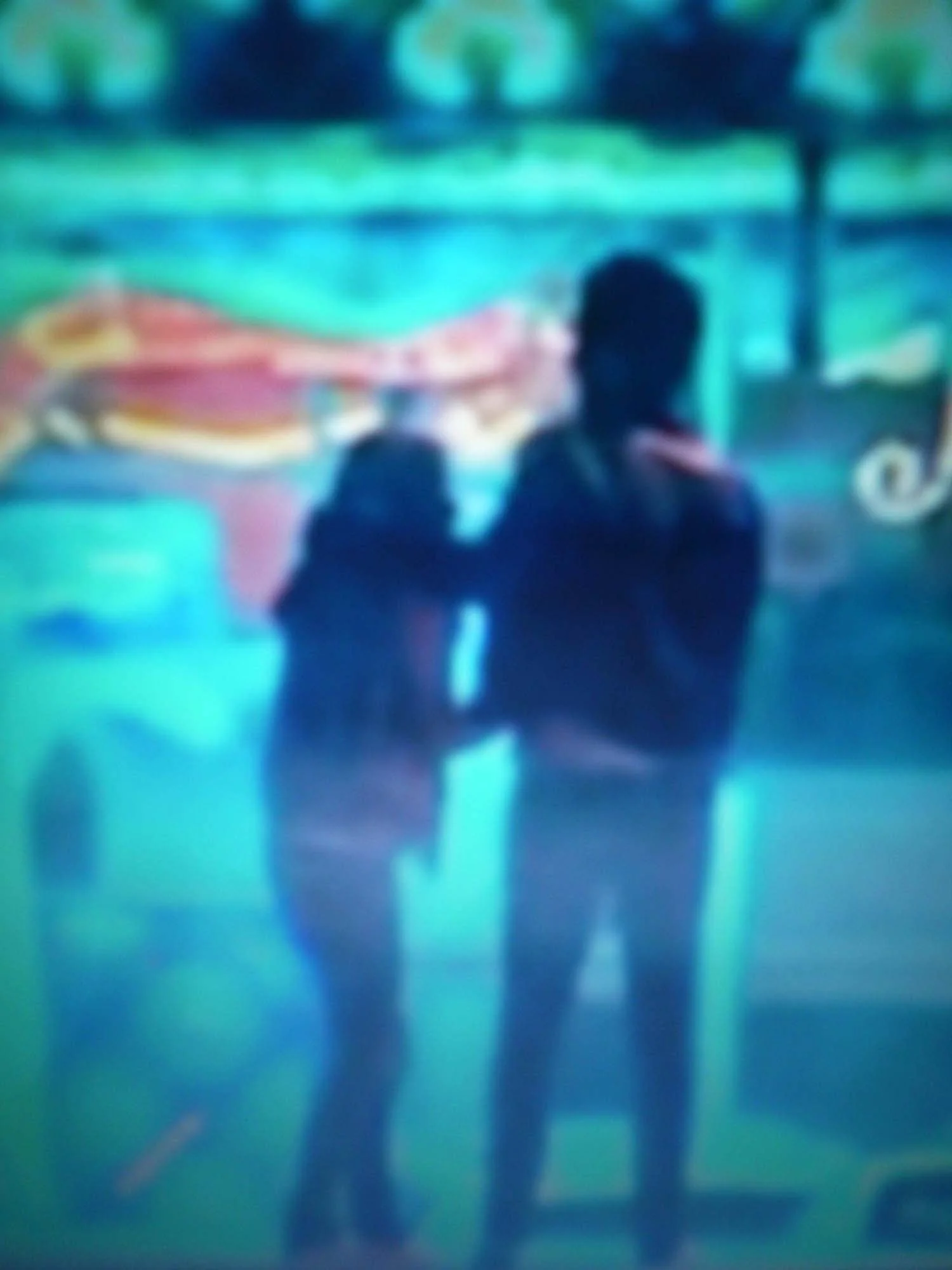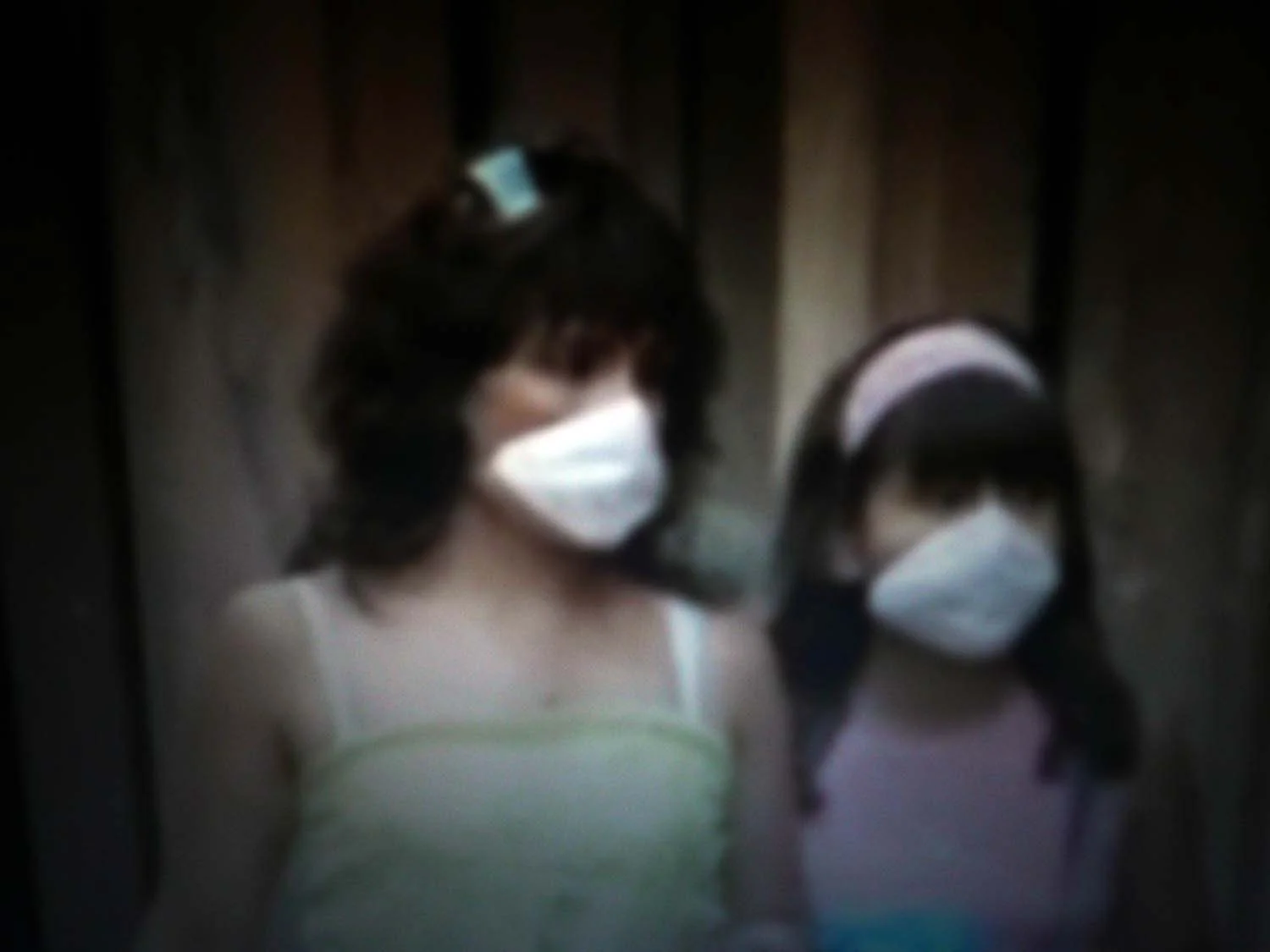SOUVENIR
SOUVENIR
In Marcus Hansson's art the relationship between the original and the copy is central on several levels. It is, for instance, common for his art works to consist of some kind of artisan mass production and repetition. It is about exaggerations in numbers, such as with the numerous dolls and photographs, as well as re-repetitions that never turn static, but instead show traces of the genesis process in terms of flaws. The art works can often, as in People from the news, be seen as a great whole, with a content composed of smaller parts that are similar but not identical. Thus the form of his production consists of a systematic abundance as well as a conceptual complexity.
Souvenir #49 PAINTING & PHOTO
“ I very much enjoyed the commercial idea, it felt funny and thought-provoking ”
Above, on location in Shenzhen China
All the Photographs are also available as paintings.
Souvenir
In the exhibition artist Marcus Hansson (born 1967) re-uses images from the mass media news reports and turns them into works of art. Taking on the role of an observer of the world, he proceeds to catch it, filter it, and make it his own. He also alters and connects the position of the consumer of news images with the producer of art, in a borderland between the documentary, the fictive and the artistic.
In Souvenir Hansson shows five hundred photographs coming from various news reports, mainly from the television channels BBC and Al Jazeera. In People from the news (2010), an installation consisting approximately three thousand dolls, the dolls too have faces that come from people who have appeared in the news. By photographing the passing faces directly from the television screen and then making them into dolls, Hansson materializes something which is otherwise transient. The faces as he has chosen have belonged to different people; catastrophe participants and spectators, criminals, victims, politicians, stars - and all those who accidentally happened to walk past when the news camera was there.
By transforming news images into art and by changing their context, the artist opens up to new interpretations and perspectives. He also modifies the receiving context, turning the recipient of the work from a TV viewer to an art observer. Another track in the exhibition is about the production of value and commercialism. Everything in the exhibition is for sale at a relatively low price. And you can choose whether you wish to buy Hansson's photos enlarged as paintings or as photographs. The artist, who is interested in playing with values, also sees the sale as a study and research in what the visitor will want to purchase when the painting and the photography are sold at the same price, in a context where photography is historically valued lower than paintings. The works of art also turns into some kind of souvenirs, something that the visitors can take with them after having experienced their "journey" through the exhibition.
In Marcus Hansson's art the relationship between the original and the copy is central on several levels. It is, for instance, common for his art works to consist of some kind of artisan mass production and repetition. It is about exaggerations in numbers, such as with the numerous dolls and photographs, as well as re-repetitions that never turn static, but instead show traces of the genesis process in terms of flaws. The art works can often, as in People from the news, be seen as a great whole, with a content composed of smaller parts that are similar but not identical. Thus the form of his production consists of a systematic abundance as well as a conceptual complexity.
Text: Angelica Blomhage Operations Manager Gotland Museum of Art
SOUVENIR #367 COMPUTER SKIN
the day of the take down of the souvenir installation piece PEOPLE FROM THE NEWS with Olga & Åsa
In total 11 banana boxes of SOUVENIR DOLLS
1 of the about 3000 SOUVENIR DOLLS
souvenir POSTER I
In Souvenir Hansson shows five hundred photographs coming from various news reports, mainly from the television channels BBC and Al Jazeera. In People from the news, an installation consisting approximately three thousand dolls, the dolls too have faces that come from people who have appeared in the news. By photographing the passing faces directly from the television screen and then making them into dolls, Hansson materializes something which is otherwise transient. The faces as he has chosen have belonged to different people; catastrophe participants and spectators, criminals, victims, politicians, stars - and all those who accidentally happened to walk past when the news camera was there. BELOW 1/5 of the pictures.









































































































































